RS Aggarwal Class 11 Solutions Chapter 2
RS Aggarwal Solutions for Class 11 Chapter 2 – Relations PDF
RS Aggarwal Class 11 Solutions Chapter-wise – Free PDF Download
In RS Aggarwal Class 11 Solutions Chapter 2, you will learn about the cartesian product of sets, as well as about relations and functions. We use words like “brother-sister relationship,” “husband-wife relationship,” and “teacher-student relationship” every day. In math, the word “relation” is used to talk about how numbers, symbols, variables, sets, groups of sets, and so on are related to each other. A is a part of B. For example, it shows how A and B are connected.
A function is a type of relationship between two variables that is used to get something out of them. In this article, we’ll give you class 11 notes on relations and functions to help you learn and understand the ideas better.The chapter covers important topics like the domain and range of a relation, the inverse of a relation, a relation in a set, an identity relation, a universal relation in a set, and a void relation in a set. RS Aggarwal has many questions that cover all of these topics and go over the most important parts of each one to help you prepare for the CBSE exam.
Relations Chapter 2 is made by our best mathematicians. Every answer comes with a full explanation, which makes it easy for students to understand the topics and learn everything they need to know about the chapter. These answers will help you understand, and you’ll be able to answer any kind of question about relationships on your exams. We answered each question step by step and gave clear explanations for you to use as a guide.
Click here to Buy Online The RS Aggarwal Class 10 Book Now
RS Aggarwal Class 11 Solutions Chapter 2 – Relations






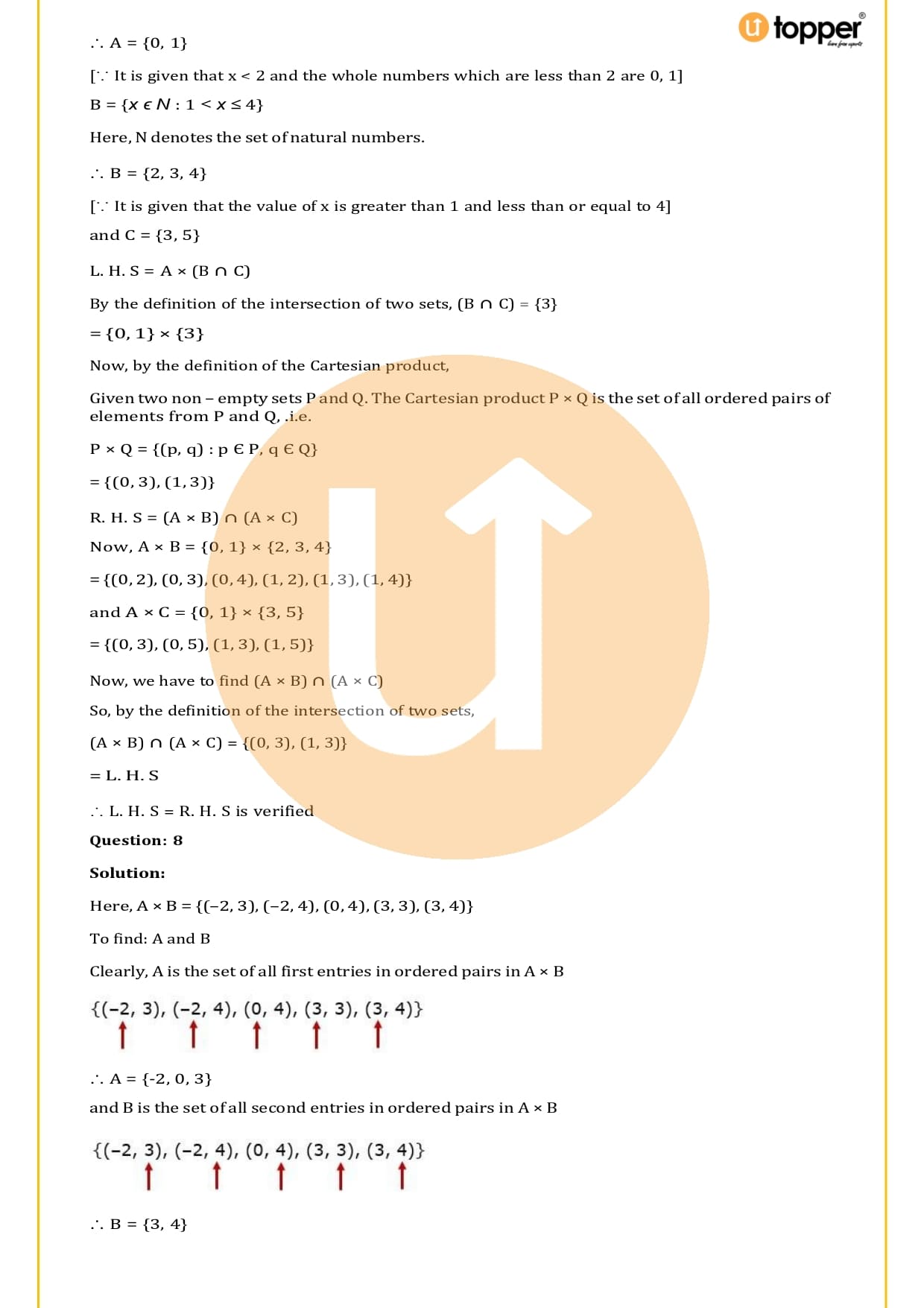
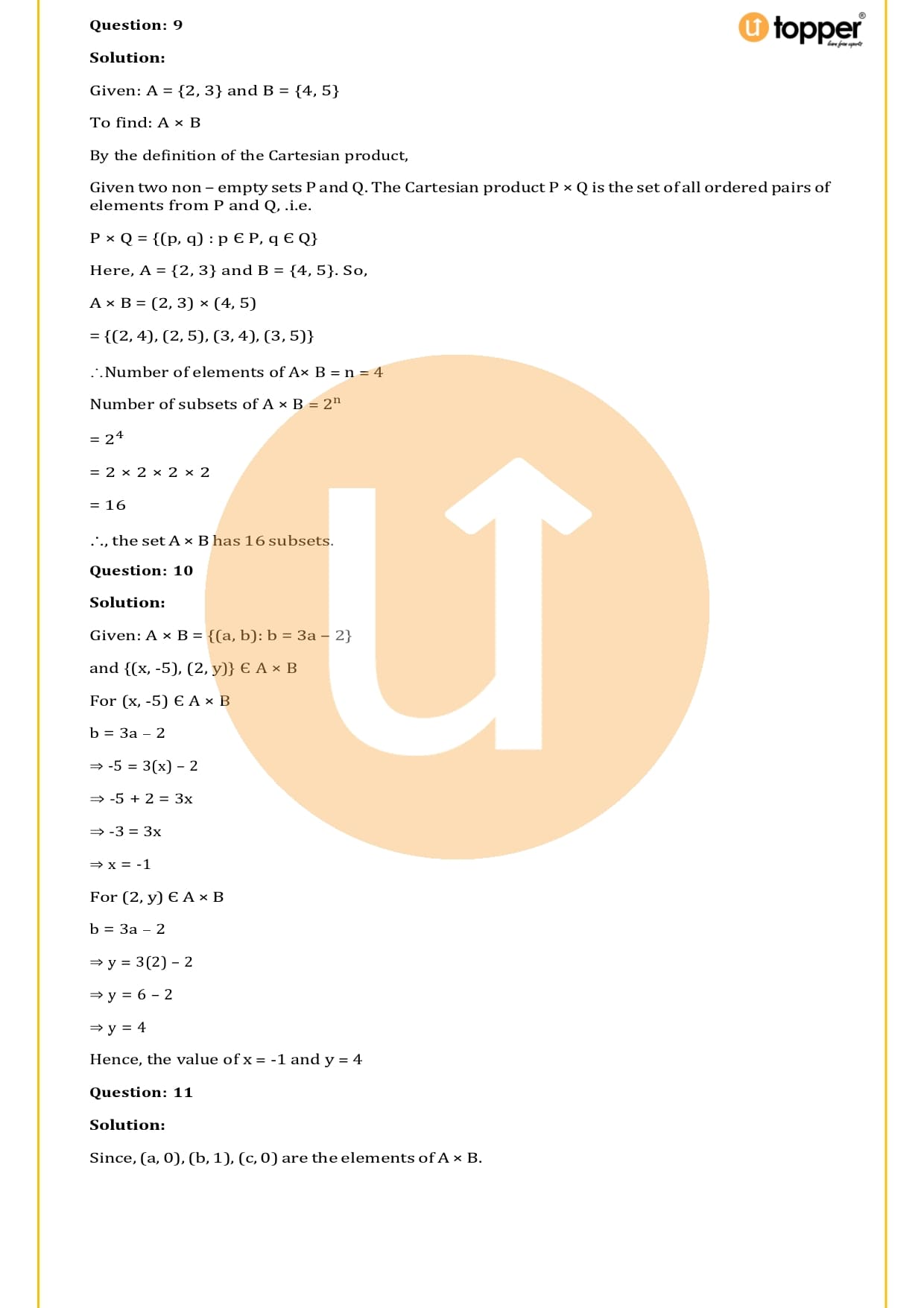



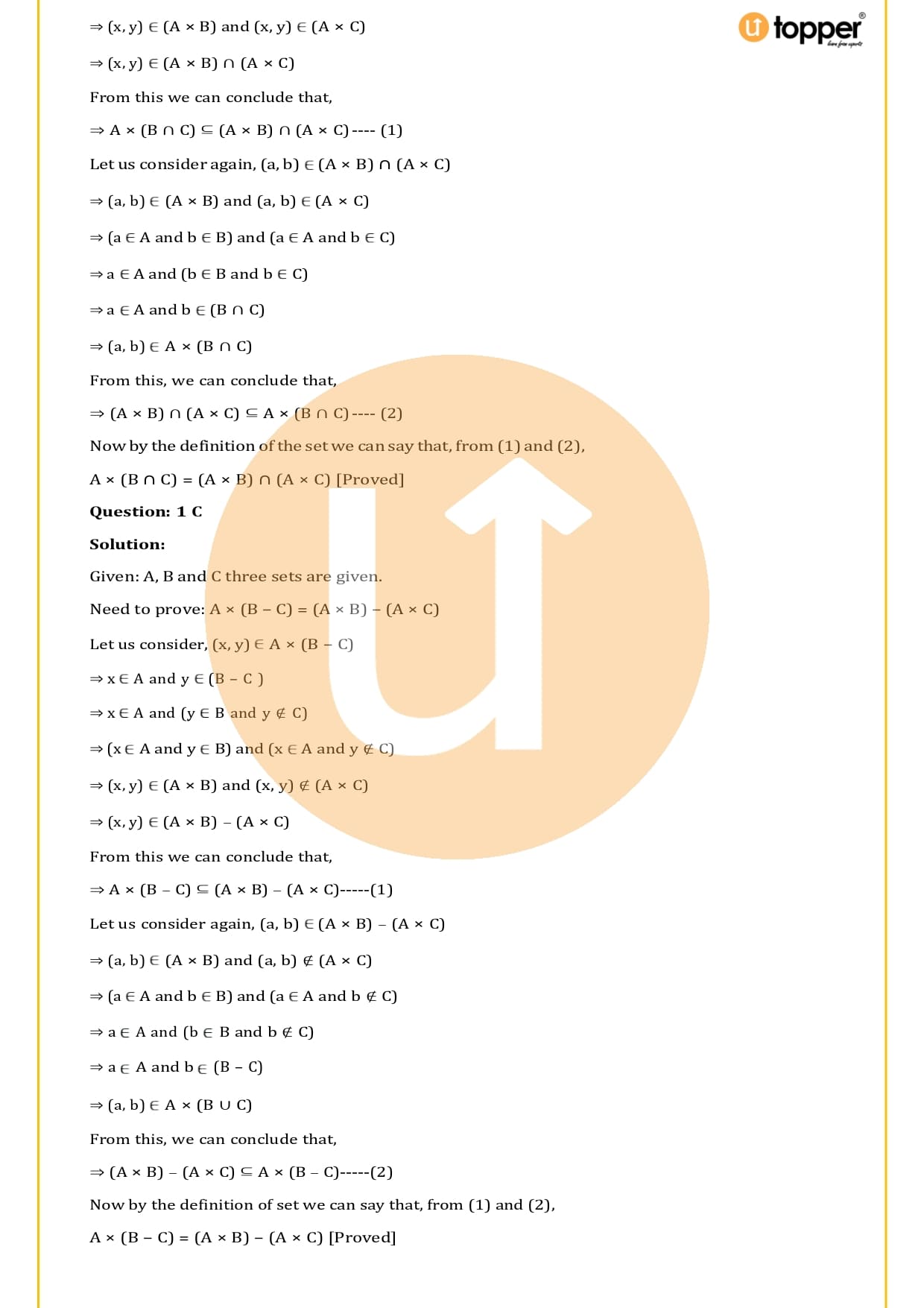

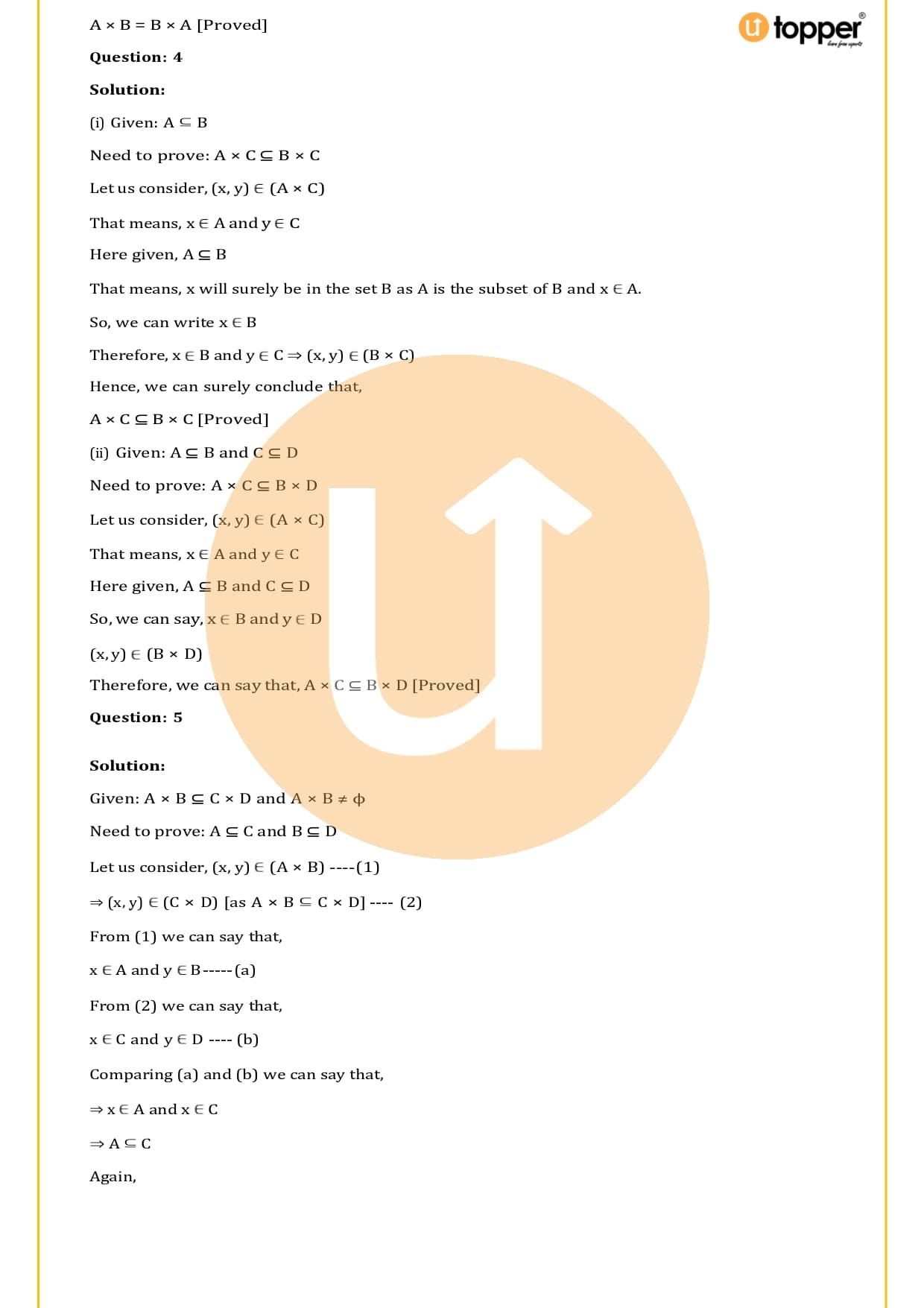



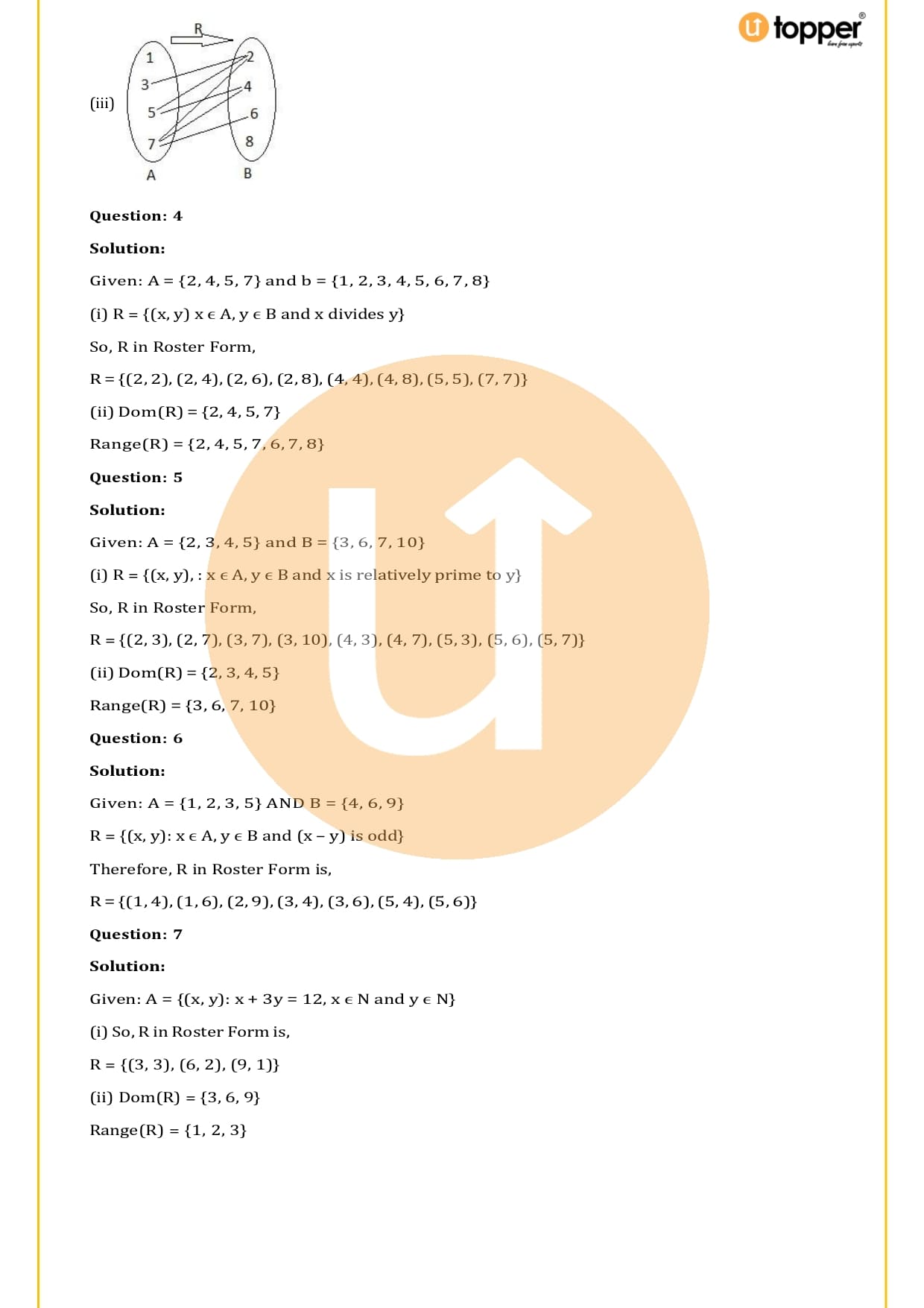



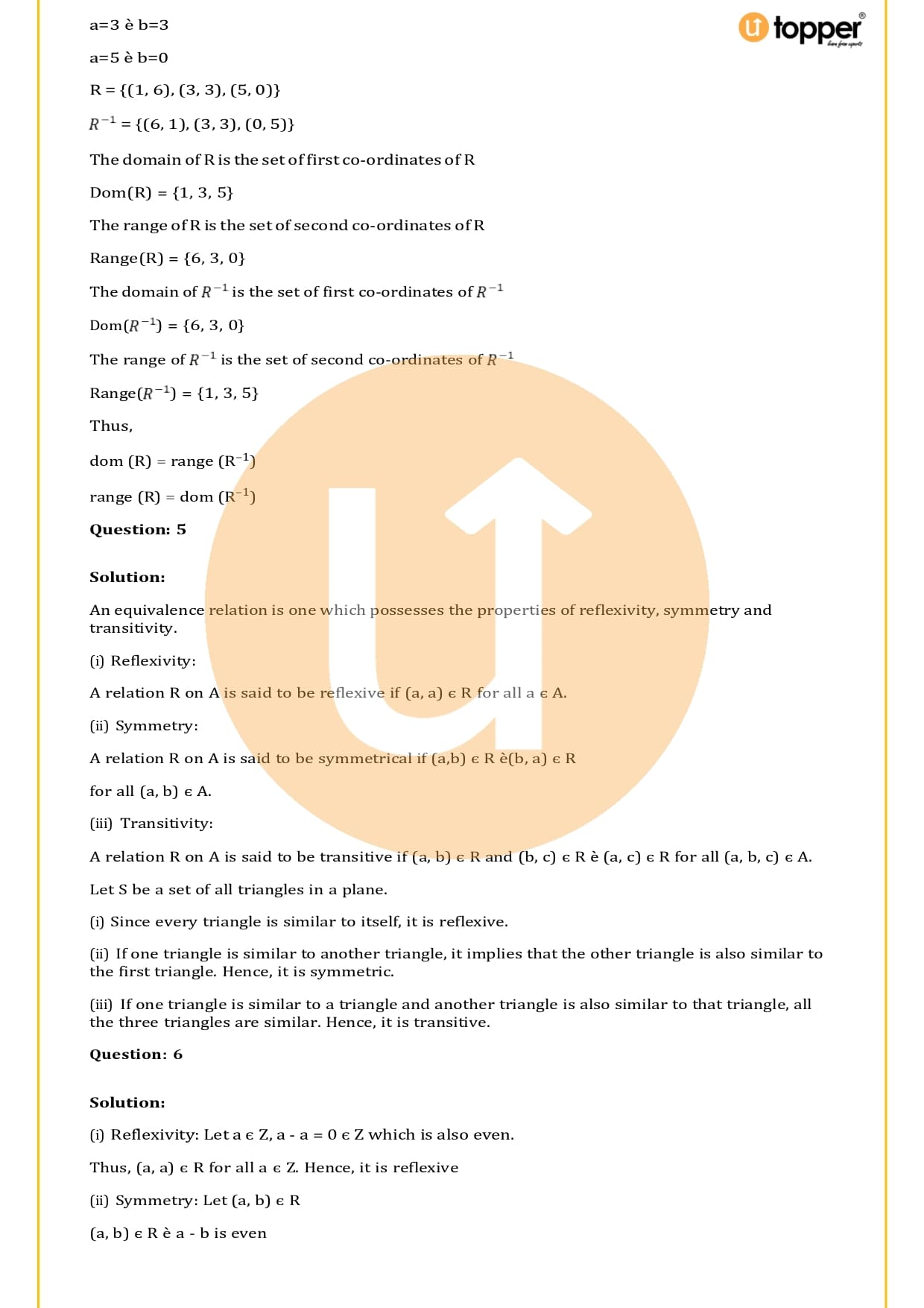







Chapter 2 of RS Aggarwal Class 11 Solutions covers some important topics
We can say that Relations is the connection between two sets of values. The order of the pairs shows the relationship between the x and y values. In this RS Aggarwal Solutions for Class 11, different types of questions are used to explain Relations and its domain and range. These questions clear up the main points of the chapter.
- Relations Definition
- Sets and Relations
- Relations in Mathematics
- Types of Relations
- Representation of Types of Relations
RS Aggarwal Class 11 Solutions
Chapter 1: Sets
Chapter 2: Relations
Chapter 3: Functions
Chapter 4: Principle of Mathematical Induction
Chapter 5: Complex Numbers and Quadratic Equations
Chapter 6: Linear Equations in One Variable
Chapter 7: Linear Equations in Two Variable
Chapter 8: Permutations
Chapter 9: Combinations
Chapter 10: Binomial Theorem
Chapter 11: Arithmetic Progression
Chapter 12: Geometrical Progression
Chapter 13: Some Special Series
Chapter 14: Measurement of Angles
Chapter 15: Trigonometric or Circular Functions
Chapter 16: Conditional Identities Involving the Angles of a Triangles
Chapter 17: Trigonometric Equations
Chapter 18: Solution of Triangles
Chapter 19: Graphs of Trigonometric Functions
Chapter 20: Straight Lines
Chapter 21: Circles
Chapter 22: Parabola
Chapter 23: Ellipse
Chapter 24: Hyperbola
Chapter 25: Applications of Conic Sections
Chapter 26: Three Dimensional Geometry
Chapter 27: Limits
Chapter 28: Differentiation
Chapter 29: Mathematical Reasoning
Chapter 30: Statistics
Chapter 31: Probability

RS Aggarwal Class 11 Solutions Chapter 2: Key Points
- There are three kinds of relationships: empty, universal, and simple.
- If A and B are two finite, non-empty sets with m and n elements, respectively, then the total number of connections between A and B is 2mn.
- The representation of an element x under a relation R is y, where (x, y) R A. If a relationship R in a set A is reflexive, symmetric, and transitive, it is called an equivalence relation.
- The Roster method and the Set builder method are two ways to show a relationship.
Different kinds of relations
In Math, there are a total of seven relationships that are studied. Here are some examples of each of these seven types of relationships:
Empty Relation:
A relation is called “empty” if there is no element in the set that is related to or mapped to any element in V.
Universal Relation:
This kind of relationship is also called a “full relation,” because if a set of elements, say b, is looked at, every element will be connected to every other element in the set.
Identity Relation:
In this case, each element in the set will only be linked to itself.
Inverse Relations:
If there is a group of things, the inverse of the group is its inverse relationship.
Reflexive Relation:
The reflexive relation is when every element in a set maps to itself.
Symmetric Relation:
A set has a symmetric relationship if the first element is related to the second element and the second element is also related to the first element.
Transitive Relations:
These are two-way relationships between items in a set. If the first item is related to the second item, then the second item is related to the third item, and the first item is also related to the third item.
Benefits of RS Aggarwal Class 11 Solutions
- The solutions are written as per the CBSE guidelines to assist you score well in your examinations.
- These answers are prepared by the experts of Utopper who have more years of teaching experience.
- These solutions are written during a simple manner to maximize retention and improve understanding of the concepts.
- Solutions of every chapter are well categorized to enhance the convenience of use during your revisions.

FAQ ( Frequently Asked Questions )
1. What are Mathematical Relations?
Ans – A relation is a math term for how two sets of ordered pairs of values are related to each other. The domain is the group of elements in the first set. It is related to the range, which is the group of elements in the second set.
2. What’s the difference between a function and a relation?
Ans – A function is a relationship between two quantities in which each input has only one output. When one input leads to more than one output, the numbers show a relationship.
3. How Can Students Benefit from RS Aggarwal Solutions Class 11 Chapter 2?
Ans – RS Aggarwal Solutions Class 11 Chapter 2 gives students full, step-by-step answers that help them do well on tests and assessments. All of the questions are answered and explained by expert math teachers from Utopper, who are following the rules set by the CBSE board. Utopper Also Provide Free Study Materials like Revision notes, Important Questions and many more for your exam preparations.
4. What are the most important things that RS Aggarwal Class 11 Solutions Chapter 2 Relations covers?
Ans – Here are some of the most important things that are talked about in RS Aggarwal Class 11 Solutions Chapter 2: Relations:
- It gives an idea of the three kinds of relationships: empty relationships, universal relationships, and trivial relationships.
- If there are two non-empty, finite sets, A and B, with m and n elements, respectively, then the number of relations between A and B will be 2mn.
- If a relation R in a set called A is transitive, symmetric, and reflexive, it is called an equivalence relation.
- The Roster Method and the Set builder method, which are two ways to show a relationship, are explained.
